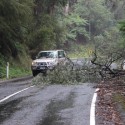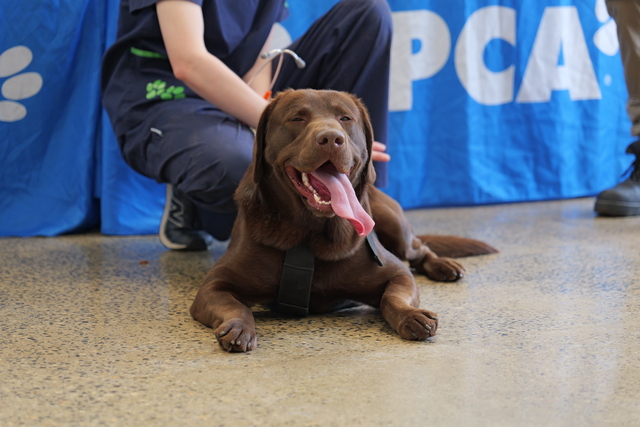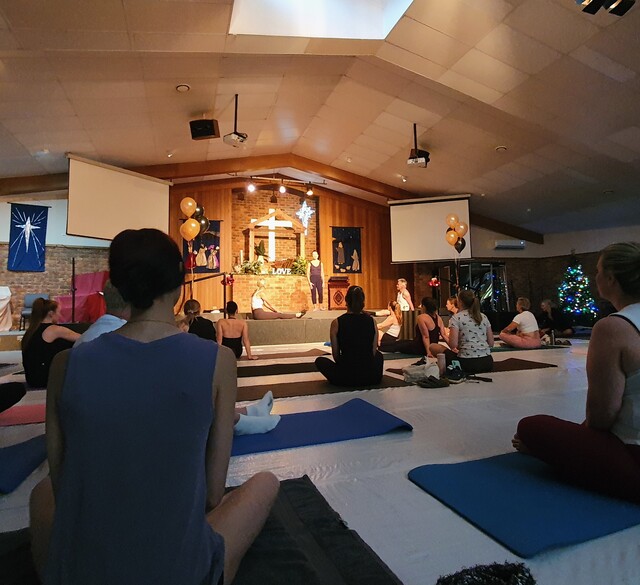By KATH GANNAWAY
WITH winter conditions already making their presence felt, the TAC has some great advice for drivers of all ages on what to think about when you get out there on the roads – starting with learner drivers.
Practice is the key to driving safely on the road when you are a learner driver. The more practice you have driving in all conditions, the less risk you have of an accident on your P plates.
With the required 120 hours of driving on your L plates when aged under 21 years, it is important you drive in a range of conditions. This ensures you get experience dealing with the range of situations you experience when you drive in heavy traffic, on open country roads, in bad weather or at night time.
Weather conditions:
Driving in the rain, fog, snow and bright sunlight calls for extra care as these conditions can reduce visibility or increase the risk of skidding and losing control.
Tips for all weather conditions
Reduce speed – Reduce speed in bad weather as your recovery time is better if something goes wrong.
Fog – If you see fog and mist ahead reduce speed before you enter it. In very thick fog, make sure you always know where you are on the road and never drive at a speed that forces you to guess what is ahead. Avoid overtaking.
Rain – Heavy rain can have the same effect as fog with less visibility making it harder to judge where you are on the road in relation to other vehicles.
Ice – Drive slowly on ice and snow to retain traction. Braking should be gentle and not left to the last second, and use an even pressure on the accelerator to lessen the chances of wheel spin and loss of control.
Sun glare – Beware of blinding glare from sunlight either directly from the sun or reflected from other cars and objects. You may need to reduce speed as well as use aids such as the sun visor and sunglasses.
Hazard lights – Turn these on in hazardous weather conditions where visibility is reduced.
Country driving:
Driving on the open road can be daunting for some learner drivers, with higher speed limits outside towns, faster vehicles on the road, long distances and the potential of fatigue.
More than 20 per cent of fatal crashes are because of fatigue. Long trips and higher speeds on rural roads mean drivers must devote full concentration to the road which can be tiring.
Tips for country driving:
Safe distances – Keep a safe distance from the car in front and leave at least a two second gap – three seconds is best. If driving conditions are affected by rain or reduced visibility increase the gap to at least four seconds.
Overtaking – Don’t overtake unless it is safe. When moving back to the left, leave enough room to get well past any other vehicle.
Keep left – Unless overtaking, always keep to the left lane. This is not only courteous; the law requires a vehicle to keep out of the right lane on a multi-lane road with a speed limit over 80 km/h.
Fatigue – To prevent drowsiness:
- Plan in advance and take regular breaks every two hours
- Start your drive in the morning after a good night’s sleep
- Avoid driving late at night and very early in the morning
- Be aware of native animals such as kangaroos at dawn and dusk
- Use Driver Reviver stops if they are available or stop and have a coffee break in a town or at a rest area.
- Take a power nap – a 15-minute powernap may be all you need to recharge
Night driving:
Crash risk increases at night. Visibility can be difficult as other vehicles and road users are harder to detect and other vehicle lights can make distance difficult to judge. At night, more road users may have been drinking, making their behaviour more unpredictable and hazardous.
Tips for night driving:
Headlights – Headlights and tail lights must be on between sunset and sunrise. You must have your headlights on low-beam when another vehicle is within 200 metres. This includes dipping the headlights when driving 200 metres or less behind another vehicle.
Cars driving towards you – When a car with high-beam headlights is driving towards you look towards the left hand side of the road and drive towards the left of your lane. You may need to slow down and pull over to let your eyes recover if the lights dazzle you.
Breakdowns – If your vehicle breaks down on the road, make sure other drivers can see your car and stop in time. Turn on the hazard warning lights if you have them. If possible, pull off the road but avoid stopping just over a hill or just around a curve.
Reflectors – Reflectors or guide posts in country areas help you to see the road ahead. Red reflectors are always on the left side of the road and white reflectors on the right hand side.
City driving
When you drive in the city you are faced with lots of vehicles, unpredictable drivers, trucks, train crossings, cyclists, motorbikes, pedestrians, breakdowns and more.
The only way to drive safely within complex traffic is to get plenty of city driving practice. Driving in these conditions involves being controlled and alert so you are aware of activity around you.
Tips for city driving:
Other road users – Anticipate the behaviour of others on the road – look ahead, look behind and be prepared for the unexpected.
Intersections – Keep a good look out when driving through intersections – they are a high crash risk area.
Mirrors – Use all your car mirrors but look out for blind spots – always look quickly over your shoulder before changing lanes or pulling out from the kerb.
Indicators – Always indicate when turning or changing lanes.
Erratic drivers – Drive with caution if you see an erratic driver near you.
Your attitude – Make allowances for others when they make mistakes. Not getting annoyed and co-operating with other road users means safer and more enjoyable driving.
Advice and tips on other aspects of driving including towing trailers, including restrictions on P drivers, driving penalties, how to avoid fatigue and driving on holiday or road tips are also available on the TAC website http://www.tac.vic.gov.au/road-safety/safe-driving/tips-and-tools .







